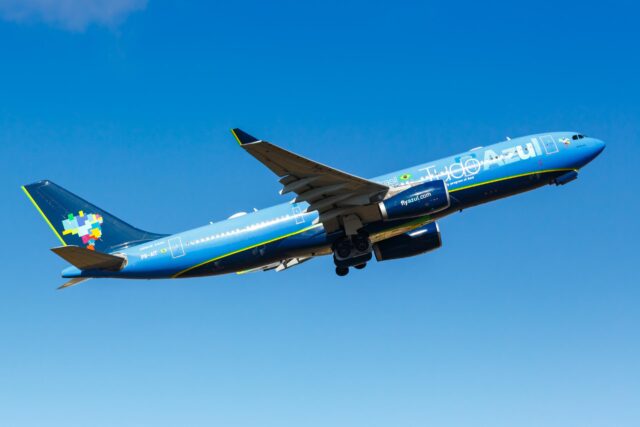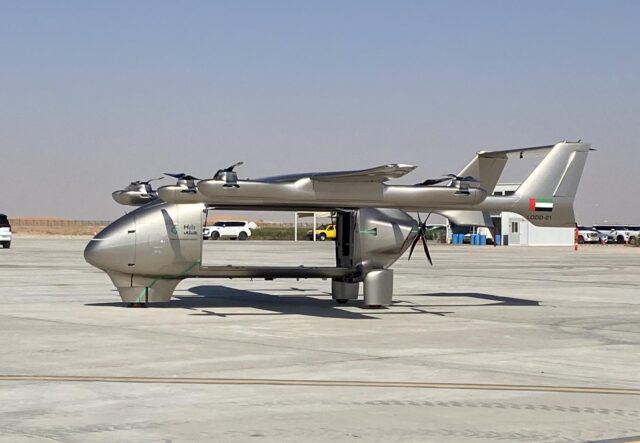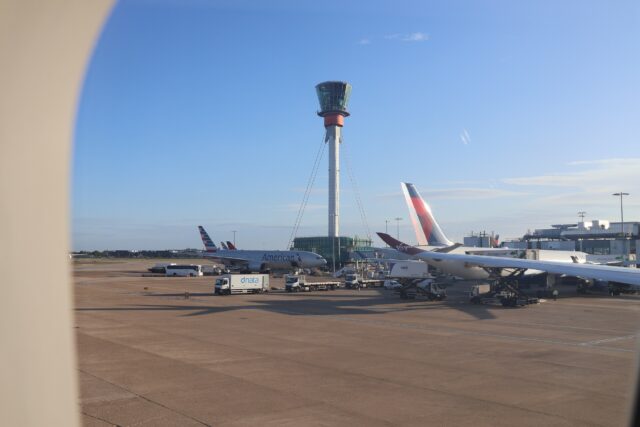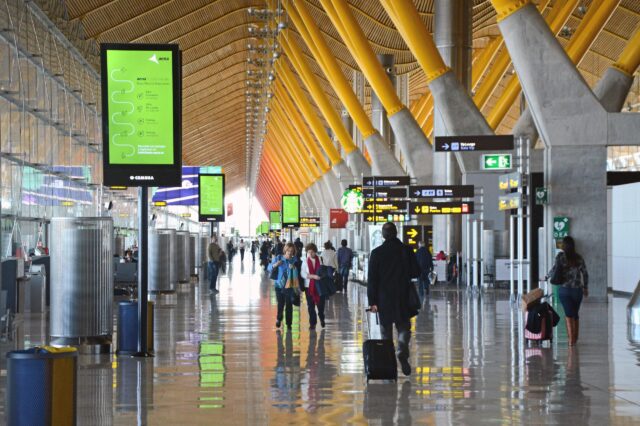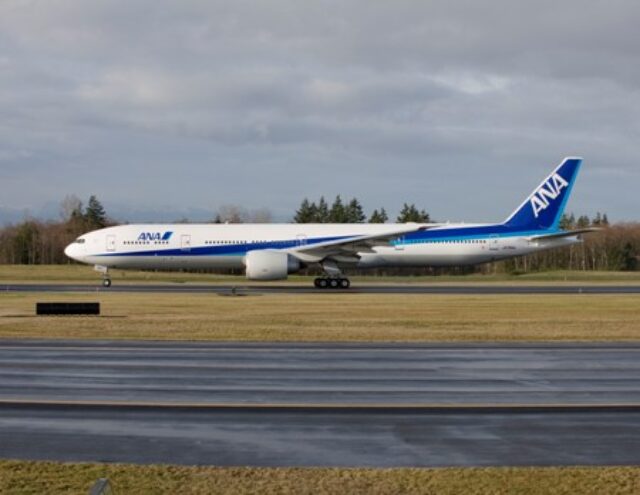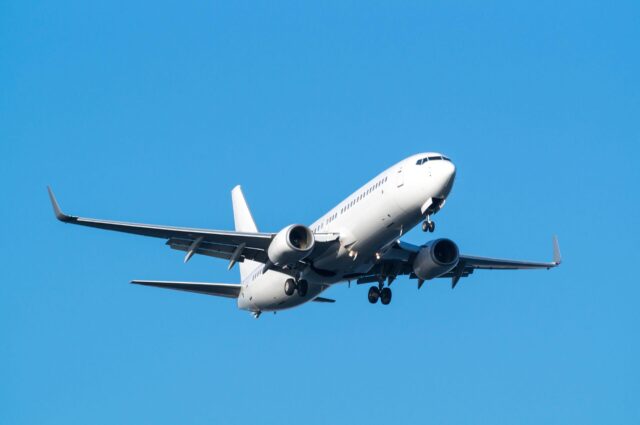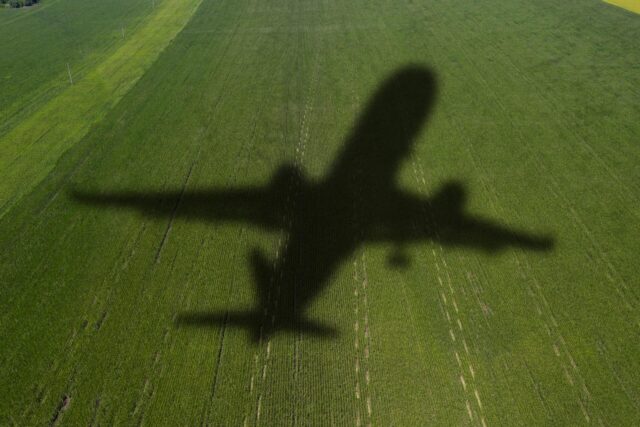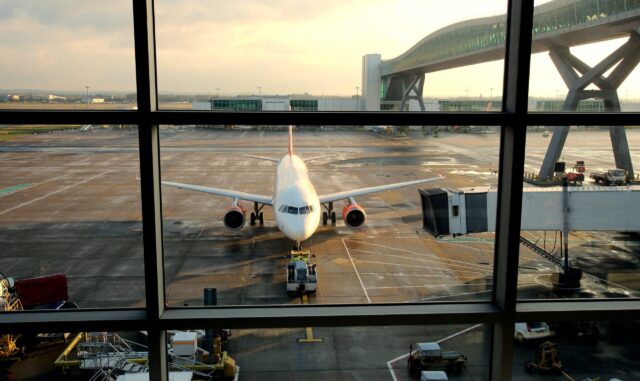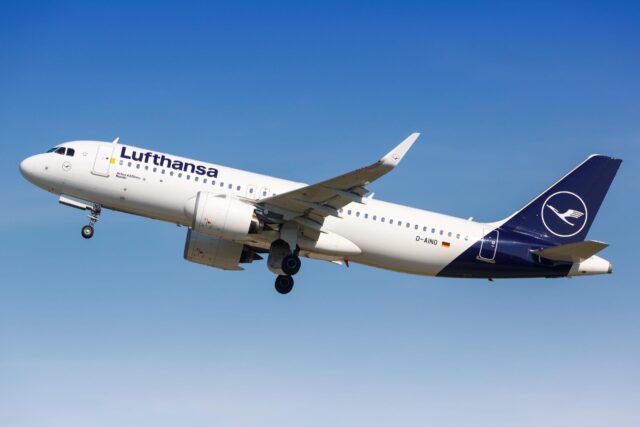China’s Lanzhou airport unveils world’s first fully autonomous boarding bridge system

July 17, 2025

China’s Lanzhou International Airport has become the world’s first airport to switch all its jet bridges to autonomous boarding bridge docking systems. While it is not the first airport to install these smart docking bridges, it is the first to completely switch over.
This is part of a much broader effort across China to install robotic systems across a diverse range of applications.
Lanzhou becomes the first airport with fully autonomous boarding bridges
In July 2025, CGTN reported that all of Lanzhou Airport’s 86 boarding bridges are now remotely operated. It states this has eliminated the need for on-site staffing and has boosted docking efficiency by 65%.
The airport is located around 44 miles from downtown Lanzhou and is a major hub for central China. It served around 17 million passengers in 2024 and is a focus airport for China’s Hainan Airlines, China Eastern, and Spring Airlines. The newest main terminal opened in 2025.
What is an autonomous boarding bridge and how does it work?
Various airports around the world are implementing or are planning to implement autonomous boarding bridge technology. These range from Munich Airport in Germany to Wellington Airport in New Zealand. In fact, Wellington became the first airport in the world to install an autonomous boarding bridge in 2019.
The system implemented at Wellington was the Intellidock system, locally developed by the Wellington-based company, Airport Equipment. Once an aircraft parks at the allocated gate, sensors in the gate allow it to scan the aircraft door and automatically drive the bridge into position and lock in place.

A recent publication by South Korea’s Seoul Incheon Airport states, “In technologically advanced countries such as Japan, Australia, and Germany, there has been a rise in the application of autonomous driving technology to the mobile boarding bridge, one of the airport’s core facilities.”
These docking bridges (also called Passenger Boarding Bridges or PBBs) are automated systems that are able to guide and connect the passenger bridge to an aircraft door without the need for human intervention. Concurrently, airports are also turning to AI for more efficiency and faster turnaround times.
Using an autonomous boarding bridge can increase the efficiency and safety of the operation while also reducing turnaround times. For airlines, this means being able to reduce the amount of time an aircraft is docked, while passenger can look forward to faster deplaning.
China’s major new Lanzhou Airport expansion
Lanzhou Zhongchuan International Airport (LHW) is the international airport serving the Chinese city of Lanzhou in the inland province of Gansu. Gansu is centered on upstream segments of the Yellow River and is flanked by the Tibetan Plateau and the Gobi Desert.

Seetaoe reported that the main construction of the third phase expansion for Lanzhou Airport was completed in July 2024.
The news site stated the successful completion marked “a glorious victory for this grand project that took more than 1,400 days and involved countless builders’ efforts.”

The project officially started construction in September 2020 and took more than four years of “unremitting efforts.” The expansion increased the airport’s capacity to 38 million passengers per year.
The new terminal is also equipped with displays that recognise passengers’ faces. These then display the flight and boarding information for that passenger, with no input from the passenger other than looking at the screen.
China’s drive to autonomous robot technology
In March 2025, China’s Hangzhou Airport introduced East China’s first driverless vehicles on the airport apron. Moving forward, the airport is planning a full-scale deployment in early 2026, which will support over 20 flights daily.
These autonomous airport vehicles have reduced manual operation risks by over 90%, with a 20% increase in transport efficiency and 15% lower operational costs – while achieving 100% accuracy.”

Meanwhile, China’s EHang has have achieved the world’s first eVTOL type certificate. EHang will now start offering unmanned, autonomous commercial tourism flights starting in cities like Guangzhou and Hefei.
Across China, there is a drive to autonomous robots. One recent example to make international news, including the BBC, was a football match between humanoid robots.
Still, China is far from the only country developing automated systems for its airports. Airbus has gone so far as to develop its Autonomous Taxi, Take-Off and Landing (ATTOL) project, which allows commercial aircraft to fly autonomously, while airports giant dnata has launched autonomous baggage tractors in Dubai.
